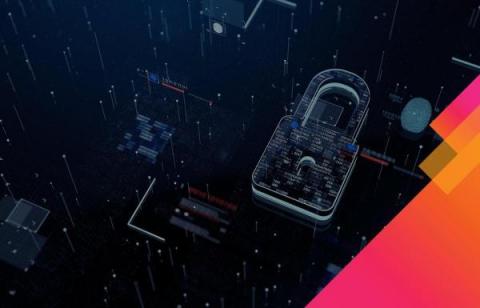Corelight & Microsoft Defender for IoT: Through an XDR lens
What is the XDR paradox? It’s the hottest term in security but there is no consensus yet on the right definition. Why is that? Many organizations have deployed EDR and are benefiting from it, but also looking to the gaps that EDR can’t address such as unmanaged / compromised devices or network-centric TTPs. Likewise, many vendors of EDR/SIEM products have realized they have the same general workflow (analyze data, present an alert, triage it, etc).









